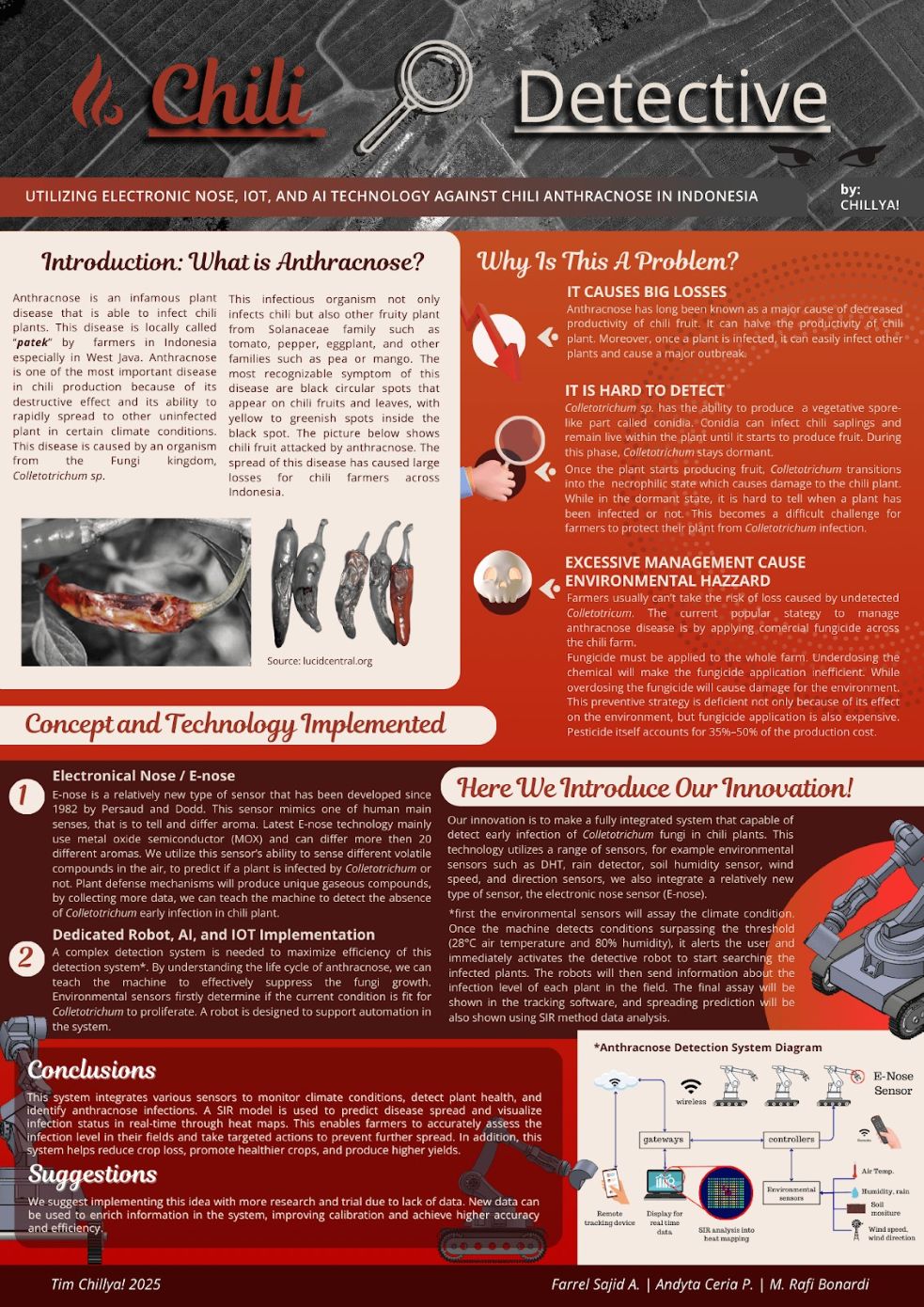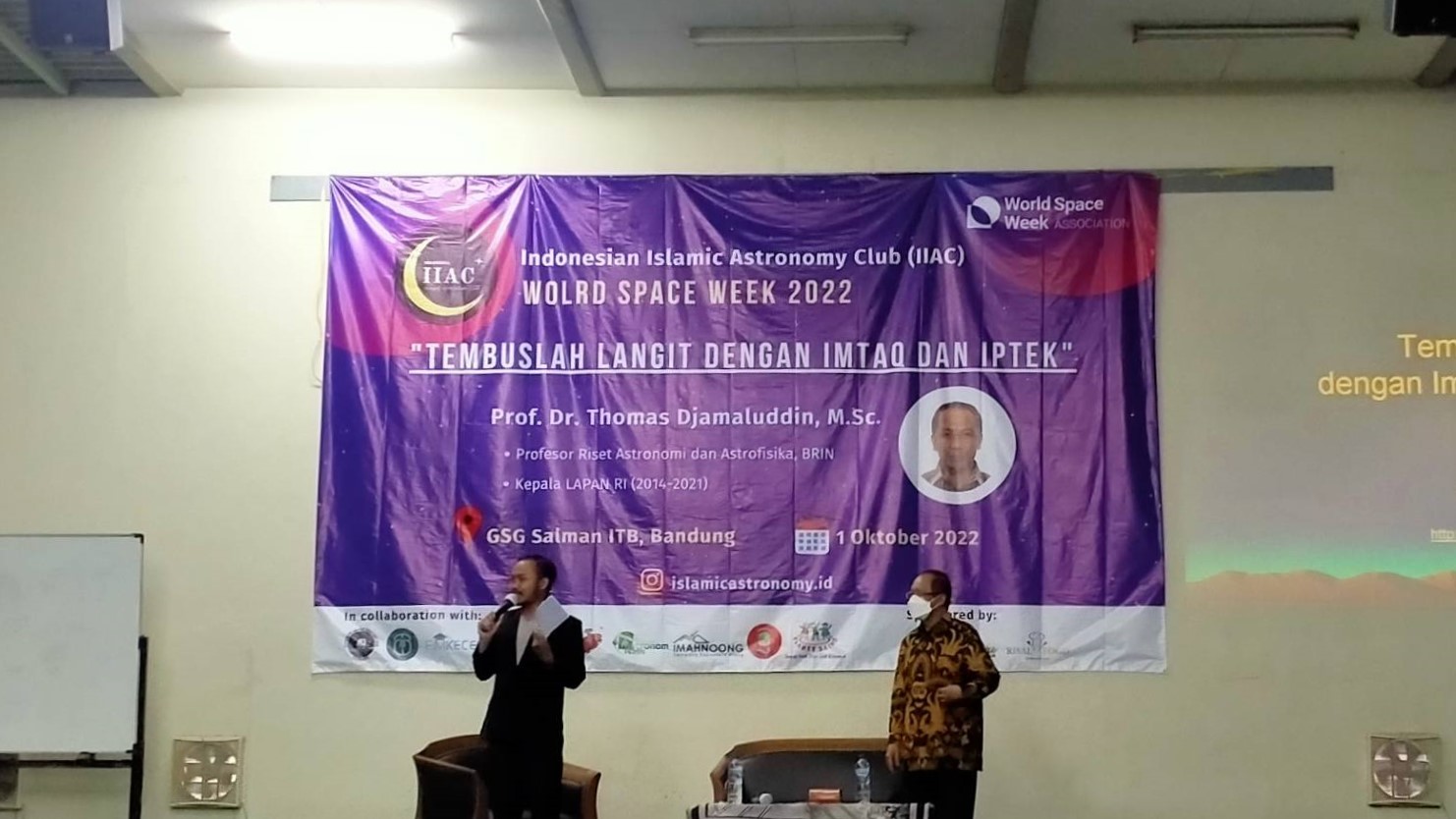Microplastic: Invisible Plastic with a Visible Threat
By Adi Permana
Editor Adi Permana

She said that this massive number of plastics in the ocean have a detrimental effect on the marine population and its ecosystem, even possessing threat to shipping and navigation activity due to the possibility of the garbage getting stuck in the ship propellers.
"Meanwhile, microplastic is a plastic or fiber particle with a size less than 5mm. Microplastic is categorized into two types, primary and secondary. Primary microplastic is produced in very small sizes, such as Polyethylene microbeads which are commonly found in cosmetic products. Secondary microplastic originated from degraded large size plastic," explained Amanda during the "Getting to know Microplastic Pollution in Marine Ecosystem" general lecture on Friday, 26 November 2021.
In addition to that, there are also microplastic that came from synthetic fiber such as polyester and nylon, which is commonly used as a textile, furniture, and fishing net. "The fact is, when we washed 6kg of synthetic fiber textile, indirectly we have dumped over 700.000 microplastic fiber into the sewer which will end up in the ocean," she explained.
Because of its microscopic size, microplastic can be found everywhere. From the tropical waters to the Arctic, from the crowded beach to the unreached deep of the ocean. In Indonesia, microplastic can be found in the sea, river sediment, estuary, coral reef sediment, and even in the fish stomach. The number of fish samples in Indonesia which contained microplastic is more than 5 times higher than in the United States. Fiber and fragment are the most commonly found types of microplastic. Both came from synthetic textile, fishing equipment, and fish nets.
The presence of microplastic in the fish stomach and freshwater source is one of the reasons why microplastic can enter the human body. Microplastic contain multiple additive compounds that can be dangerous for our health. "Plastic can absorb dangerous chemical elements and smaller microplastic is more efficient at accumulating toxin," said Amanda.
She added that air pollution can also contain microplastic with the size of 10-25 microns which could be accumulated in our respiratory organs and cause multiple respiratory problems.
Other potential dangers of microplastic on human health are triggering tumor growth, interfering with the immune system, and disrupting the reproductive system. Currently, the concentration of microplastic hasn't reached a dangerous level. However, as time goes on its number will increase and will be more dangerous.
If swallowed by sea mammals because the microplastic resembles their natural prey, microplastic can cause digestive organ damage because they are unable to digest it, reducing their energy storage, disturbing the reproductive system, and in the most fatal cases it can cause death.
Amanda also explained about nano plastic, which is plastic that has a very small size around 1 nanometer to 1 micrometer. Its size is comparable to DNA and viruses. Because of its very small size, it is hard to trace and can more easily enter our bodies.
Plastic pollution is only dangerous to human health, but it also affects climate change. United Nations now has declared war on plastic. Multiple nations, including Indonesia, have declared their commitment. "Simple steps that we can take are to reduce the use of single-use plastic and implementing 3R principle (Reduce, Reuse, Recycle)," said Amanda.
Reporter: Maharani Rachmawati Purnomo (Oceanography, 2020)
Translator: Favian Aldilla Rachmadi (Civil Engineering, 2019).

.jpg)
.jpg)
.jpg)
.jpg)
.jpg)

.jpg)

